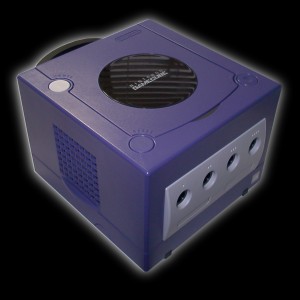
The Nintendo GameCube
|
The Nintendo GameCube is a remarkable well designed system, both internally and out. It's tightly packed with goodness, easy to disassemble, and features many pleasing design decisions. Some things I don't understand - no RGB. It should have been readily available anyway, why not include it? Also, why doesn't the damn thing play music CDs like every other console ever made? 3" music singles are very popular in Japan, but Nintendo... Well, who knows what they were thinking? Check it out - there's a 2nd layer of data on the GC discs. A ring around the center of the disc can be seen when you tilt the disc just right. For a review of the system itself, please see the Review over on AtariLabs.
Please discuss this page here.
|
|
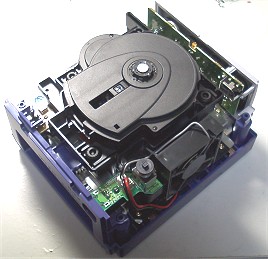
|
This is the view you're presented with when you first remove the GameCube's shell. As usual, Nintendo's seen fit to keep the casual eye out of the system with the use of GameBit (or External Line Head, if you prefer) screws, the same as most other Nintendo consoles.
|
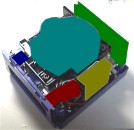
DVD Mechanism
Controller Board
Cooling Fan
Lid Switch (x2)
Power Switch PCB
|
|
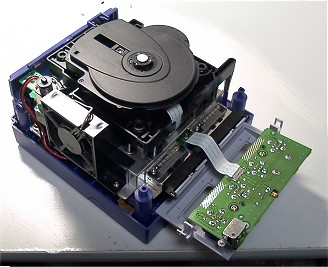
|
The controller board is easily removed - one clip on either side and it simply falls forward. The ribbon cable should be familiar to anyone who has mucked about with a Dreamcast or SNES. There's a battery on this board just like the Dreamcast. Interestingly the CD lens has a travel distance greater than the diameter of a GameCube disc.
|
|
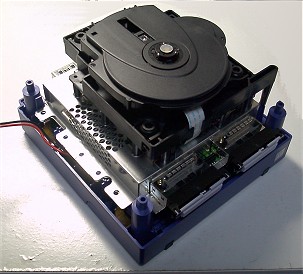
|
This shot shows everything removed but the DVD mechanism assembly. The entire mechanism lifts straight up, just like the dreamcast GD ROM drive. The rear panel is removed in the same way as the front control panel.
|
|
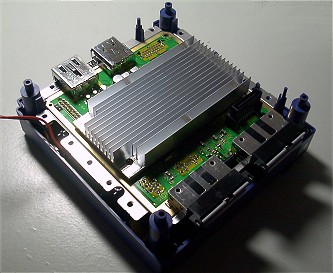
|
This is all that's left with the DVD mechanism removed. The heatsink isn't nearly as large as the one inside the N64, which is interesting when you consider the CPU in the GameCube runs at 485 MHz.
|
|
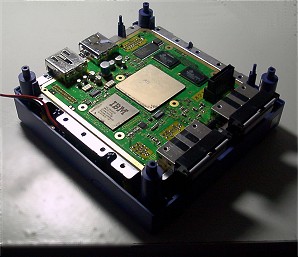
|
Remove the heatsink and you get to the heart of the system. Note the relative paucity of chips - Nintendo stuffed everything possible into as few chips as they could. The ATI graphics processor (Flipper) actually handles some sound functions as well video!
|
|
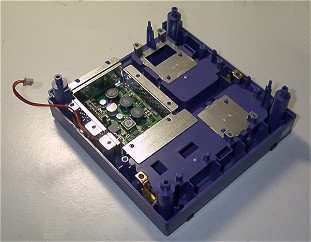
|
This is the basement of the system. Three corners are empty for future expansion - two serial and one high-speed access port. The last corner is occupied by the power regulator. It drops the supplied 12 volts into voltages for the PCB and routes 12v to the cooling fan.
|
|
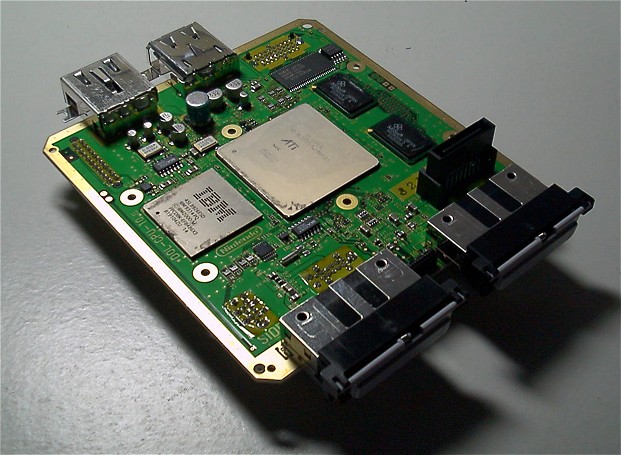
|
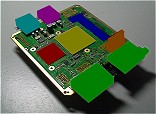 |
Memory Card Slots
Gekko (CPU)
Splash (RAM System)
Flipper (Graphics)
Analog Video Output
Digital Video Output
|
|
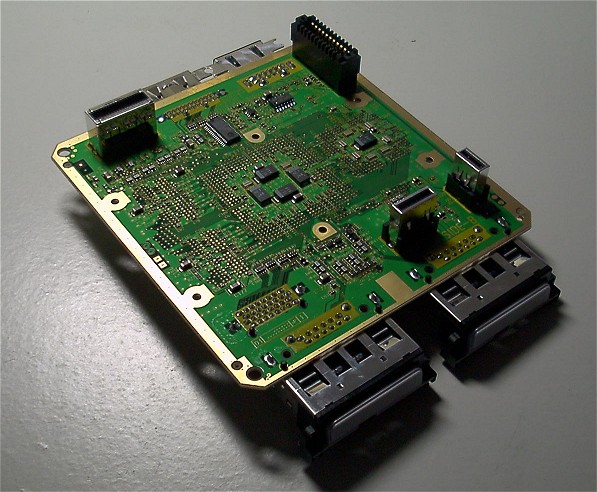
|
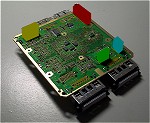 |
Power Supply Interface
High Speed Port
Serial Port 1
Serial Port 2
|